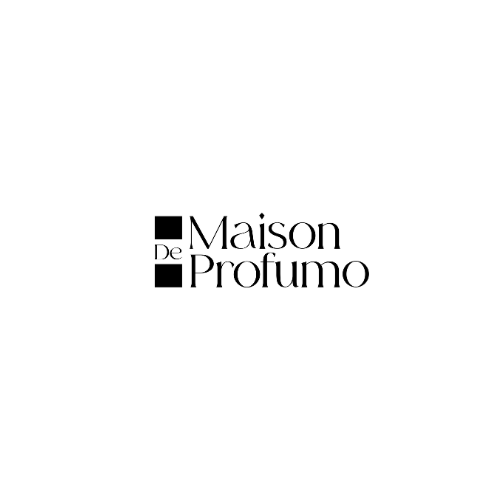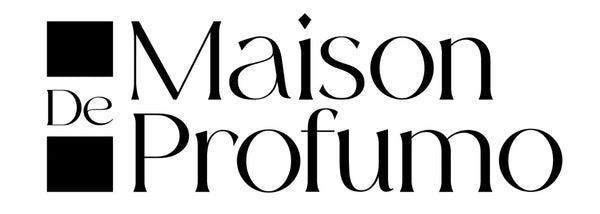"The Art of Creating Fragrances: A Detailed Guide"
Creating a fragrance is a meticulous process that transforms raw materials into the captivating scents we love. This process can be divided into several key stages, from the initial concept to the final production.
Conceptualization
The journey of creating a new fragrance begins with an idea or concept. This can be inspired by anything from nature, emotions, memories, to trends in the market.
- Inspiration: The perfumer, also known as a 'nose', draws inspiration from various sources to conceptualize a scent.
- Brief Creation: A detailed brief is prepared, outlining the desired fragrance, target audience, and specific requirements or constraints.
Selection of Raw Materials

Fragrances are composed of a blend of natural and synthetic ingredients. The selection of these materials is critical to the fragrance's final character.
- Natural Ingredients: Flowers, fruits, woods, and resins are among the natural sources used in perfumery.
- Synthetic Ingredients: Man-made compounds that can replicate natural scents or create entirely new aromas.
- Sustainability and Ethics: Increasingly, the choice of ingredients is also influenced by sustainability considerations and ethical sourcing practices.
Formulation
This is where the perfumer's expertise comes into play, blending selected materials to achieve the fragrance envisioned in the brief.
- Trial and Error: The formulation process involves extensive testing, with multiple iterations to refine the scent.
- Balance and Harmony: Achieving the right balance between different notes (top, middle, base) is key to creating a harmonious and appealing fragrance.
Evaluation and Modification
Once a preliminary formulation is developed, it undergoes rigorous evaluation.
- Internal Assessment: The fragrance is tested internally for its olfactory profile, longevity, and compatibility with intended products.
- Consumer Testing: Selected samples are often tested with target consumers to gather feedback.
- Modifications: Based on feedback, the fragrance may be tweaked to better meet the brief or consumer preferences.
Stability and Compatibility Testing
Before a fragrance can be finalized, it must be tested for stability and compatibility with the product it will be used in.
- Stability Testing: Ensures the fragrance does not change over time or in different environmental conditions.
- Compatibility Testing: Assures the fragrance does not react negatively with the product base or packaging.
Scale-Up and Production
After passing all tests, the fragrance formula is scaled up for production.
- Quality Control: Strict quality control measures are implemented to ensure consistency and quality of the fragrance in mass production.
- Batch Production: The fragrance is produced in batches, ready to be incorporated into final consumer products.
Marketing and Branding
The final step in the fragrance creation process involves marketing and branding efforts to successfully launch the fragrance in the market.
- Storytelling: Developing a compelling story around the fragrance to connect with consumers.
- Packaging and Design: The visual and physical presentation of the fragrance plays a significant role in its market appeal.
Challenges in Fragrance Creation
Creating a fragrance that stands out in the crowded marketplace involves several challenges:
- Innovation vs. Consumer Preferences: Balancing innovative scents with consumer preferences and trends.
- Regulatory Compliance: Adhering to regulations governing the use of certain ingredients in fragrances.
- Cost Constraints: Managing the cost of raw materials while maintaining the desired quality and complexity of the fragrance.
The Future of Fragrance Creation

The fragrance industry continues to evolve, with new technologies and trends shaping the future of fragrance creation:
- Biotechnology: The use of biotechnology to create sustainable and unique fragrance ingredients.
- Personalization: Advances in technology are enabling more personalized fragrance experiences.
- Sustainability: A growing emphasis on sustainability is influencing every stage of the fragrance creation process, from sourcing to production.
Conclusion
The creation of a fragrance is a complex journey that blends creativity with scientific precision. It requires not just an understanding of olfactory science but also a deep appreciation of the emotional and cultural dimensions of scent. As the industry evolves, the processes and technologies involved in fragrance creation will continue to advance, promising exciting possibilities for new and innovative scents that captivate and enchant consumers worldwide.

